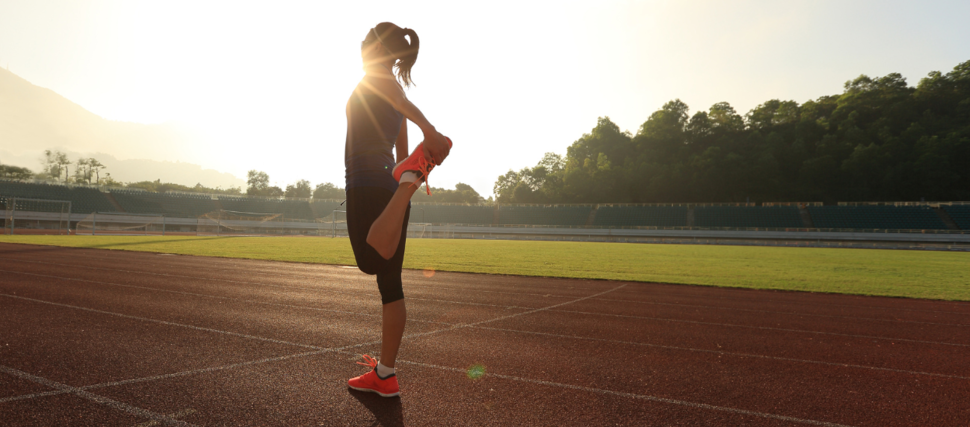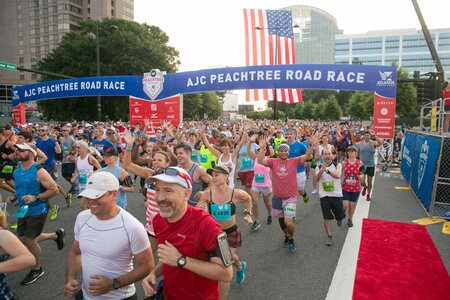How to Recover After a Long Run: Post-Run Recovery Tips

Welcome back to the Newsole Running blog! In this post, we’ll be discussing a topic that is near and dear to our hearts: post-run recovery. Whether you’re a seasoned runner or just getting started, the importance of recovery after running cannot be overstated. Not only does it help to prevent injury and keep you feeling good, but it also allows you to perform better during your next run.
With that being said, we understand that it can be challenging to find the time and motivation to incorporate recovery techniques into your routine. That’s why we’re here to provide you with our top 10 recovery tips, including techniques, nutritional advice, and the importance of rest and sleep.
Immediate Steps for Recovery After Running
Hydrate Properly
Hydration is perhaps the most important aspect of recovery after running. When you run, you sweat, and if you’re running for an extended period of time, you’re likely losing a significant amount of fluid. In order to kickstart your body’s recovery process, you need to replenish the fluid that you lost.
Within the first 30 minutes of completing your run, we recommend drinking at least 16 ounces of water. This will help to rehydrate your body and aid in the circulation of blood and nutrients to your muscles.
Cool Down with a Gentle Walk
Another immediate recovery technique is to cool down with a gentle walk. We recommend walking for 5-10 minutes immediately after your run. Not only will this help to gradually lower your heart rate and prevent dizziness or fainting, but it will also aid in the removal of lactic acid from your muscles.
Lactic acid is a byproduct of the energy production process and can build up in your muscles, causing that familiar post-run burning sensation. By moving your body, you can help to facilitate the removal of lactic acid from your muscles, allowing you to recover faster.
Long Run Recovery Techniques
Stretch It Out: Essential Post-Run Stretches
After you’ve taken the time to hydrate and cool down, it’s time to get serious about your long run recovery. The next step is to incorporate stretching into your routine. When you run, your muscles contract and relax in order to propel you forward. Over time, this repetitive motion can cause your muscles to tighten and shorten, increasing your risk of injury. By stretching, you can help to maintain and improve your flexibility, ultimately reducing your risk of injury.
The best time to stretch is when your muscles are warm and pliable. For many runners, the immediate post-run window is the best time to incorporate stretching into your routine. We recommend focusing on the following muscle groups:
- IT band and hip flexors
- Calves
- Achilles
- Plantar fascia
- Shins
How to Help Sore Legs After Running
After a long run, it’s normal to experience some degree of muscle soreness. As a runner, it’s important to learn to differentiate between normal post-run soreness and the pain associated with an injury. In general, post-run soreness should subside within 48 hours. If you’re still experiencing significant soreness after 2 days, you may be dealing with an injury and should consider seeking the advice of a healthcare professional.
There are several techniques that you can use to help alleviate muscle soreness and aid in your long run recovery. We recommend incorporating the following techniques into your routine:
Foam Rolling for Leg Recovery After Running
Foam rolling is perhaps the most well-known recovery technique, and for good reason. It’s a simple and effective way to help alleviate muscle soreness and promote recovery after running. The pressure that you apply to your muscles with a foam roller helps to increase blood flow to the area, delivering much-needed oxygen and nutrients to your muscles.
After your run, we recommend spending 10-15 minutes foam rolling. Focus on the muscle groups that are most prone to tightness and soreness, including your calves, hamstrings, quadriceps, and IT bands.
Massage Techniques for Quick Recovery from Running
If you find foam rolling to be too uncomfortable, or if you’re looking for a more targeted recovery technique, you may want to consider incorporating self-massage into your routine. Self-massage is a great alternative to foam rolling, as it allows you to directly target the areas that are most sore.
For example, if you’re experiencing tightness in your calves, you can use your hands to massage the area, applying pressure in order to help release tension. The key to self-massage is to use a firm but gentle pressure. You want to apply enough pressure to help alleviate muscle soreness, but not so much that you cause yourself pain.
Self-massage is a great way to tune into your body and gain a better understanding of the areas that need attention. It can also be a great way to incorporate a recovery technique while on the go. Whether you’re sitting at your desk or watching TV, you can easily incorporate self-massage into your routine.
Nutritional Tips: What to Eat After a Long Run
Balancing Carbs and Proteins
When it comes to recovery after running, nutrition plays a crucial role. In the 30 minutes to 2 hours following your run, it’s important to consume a well-balanced meal that includes both carbohydrates and proteins.
Carbohydrates are your body’s primary source of energy, and when you run, you deplete your body’s glycogen stores. In order to promote recovery, you need to replenish your glycogen stores, and the best way to do that is by consuming carbohydrates.
Proteins, on the other hand, are the building blocks of muscle. By consuming protein after your run, you can help to promote muscle repair and growth.
Some of our favorite post-run meals include:
- Grilled chicken and sweet potato
- Smoked salmon salad
- Buffalo chicken and rice
- Chocolate protein bites
The Role of Anti-Inflammatory Foods
Incorporating anti-inflammatory foods into your diet can be a great way to help reduce the inflammation and muscle soreness that is often experienced after a long run. Some of our favorite anti-inflammatory foods include:
- Blueberries
- Salmon
- Broccoli
- Turmeric
- Ginger
- Green tea
Consider incorporating these foods into your post-run meal for an added recovery boost!
Rest and Sleep: Key Components of Recovery After Running
The Power of Napping
After you’ve taken the time to hydrate, stretch, and eat a well-balanced meal, it’s time to address perhaps the most enjoyable aspect of recovery: rest and sleep. We all know that getting an adequate amount of sleep is important for recovery, but you may be surprised to learn that napping can also be a valuable recovery tool.
Napping has been shown to help reduce fatigue and improve alertness and performance. If you’re feeling particularly fatigued after a long run, consider taking a short nap. We recommend keeping your nap to 20-30 minutes in order to avoid disrupting your nighttime sleep.
Establishing a Good Sleep Routine
Of course, we couldn’t conclude a blog post about the importance of recovery after running without discussing the role of sleep. While it may not be the most exciting tip, it is perhaps the most important. During sleep, your body releases growth hormone, which is essential for muscle repair and recovery. Not only that, but sleep is also the time when your body is most efficient at repairing and regenerating tissues.
For runners, we recommend aiming for 7-9 hours of quality sleep per night. In order to promote a restful night’s sleep, we recommend establishing a bedtime routine. Some tips for improving your sleep include:
- Limiting screen time in the hour leading up to bedtime
- Creating a cool, dark, and quiet sleep environment
- Practicing relaxation techniques, such as deep breathing or meditation
- Establishing a consistent bedtime and waketime
Conclusion
At Newsole Running, we’re passionate about all things running, which is why we’re dedicated to providing you with the knowledge and resources you need to run better and, more importantly, recover better. In this blog, we’ve discussed the importance of recovery after running and provided you with our top recovery tips. By implementing these techniques, you can help to prevent injury and keep your body feeling its best.
From immediate steps like hydrating and stretching to nutritional tips and the importance of rest and sleep, recovery after running is a holistic process that requires intention and, in some cases, a little bit of discipline.
For more running tips and insights, be sure to explore the Newsole Running blog. And, if you’re in the market for high-quality running shoes, apparel, or accessories, check out our hand-picked selection of products from our online store. Until next time, happy running!




